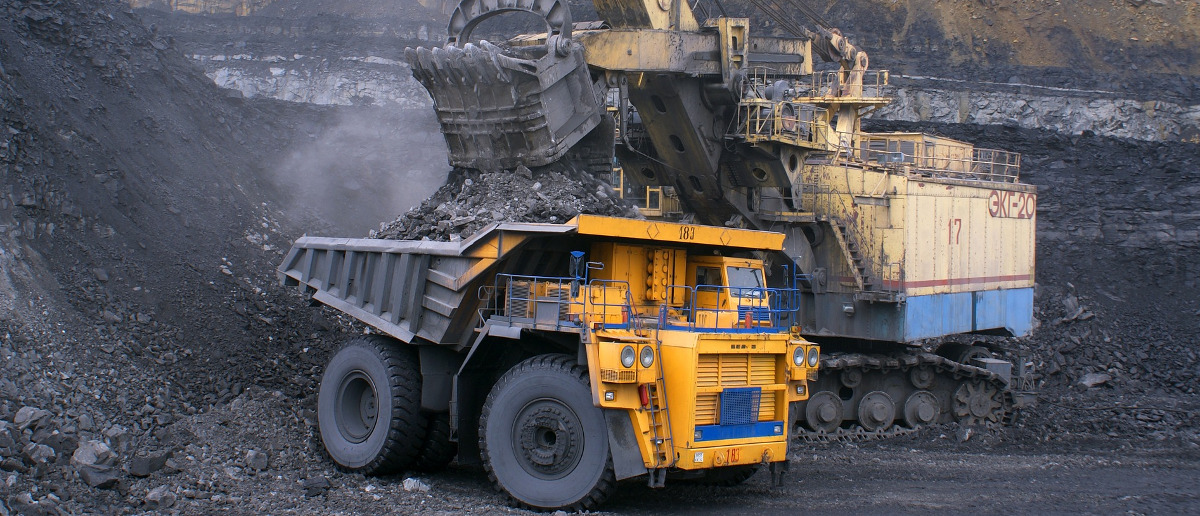Fine dust, or atmospheric particulate matter, is the major form of pollution of this century. This is the whole set of solid and liquid particles deriving from organic and inorganic substances suspended in the air, currently considered the largest polluting source in urban areas. The primary source of particulate production is undoubtedly linked to cars, industries, heaters and all those pollutants dispersed into the atmosphere by human activities. There is also a secondary source that is caused by chemical reactions between the pollutants themselves leading to the formation of other fine dust.
Finally, there are also natural sources of particulate matter, such as for example the dust released during volcanic eruptions, due to the erosion of rocks, forest fires, remains of insects, spores, plant pollen and marine spray.
If as regards natural and secondary sources it is not possible to intervene in such a way as to reduce their incidence, preventive plans can be put in place for the primary ones aimed precisely at diminishing the dispersion of fine dust into the atmosphere. In fact, in addition to being monitored, traffic, heating and industry can implement useful practices to reduce emissions and actively contribute to improving air quality.
Fine dust and industrial sources
When it comes to sources of fine dust associated with industrial production, it is good to specify that not every company contributes equally to the increase in atmospheric particulate matter. But there are activities that, due to the production processes carried out and the raw materials processed, enter a greater amount of dust into the air than other for which it could be practically zero or comparable to the domestic one.
With regard to the industrial sources, it is possible to highlight, in descending order or from the most polluting to the least polluting, the production sectors that generate the greatest amount of fine dust:
-
Industrial combustion plants
-
Production of paints and solvents
-
Companies that deal with dry cleaning and polishing
-
Companies that process ferrous materials and steel
-
Processing of plastic materials
-
Industries engaged in wood and paper processing
-
Companies in the food & beverage sector
-
Companies engaged in the chemical and pharmaceutical fields
-
Processing of non-ferrous metals.
Obviously, each reality will produce specific pollutants, divided into sulphates, nitrates, ammonium ions, sodium chloride, carbon particles and mineral dust, which could bind and give rise to fine dust deriving from secondary sources.
For this reason, anyone, within their production processes, should evaluate the quantity of emissions and, consequently, study suitable solutions for their abatement, improving working conditions but also to protect the environment and the health of future generations.


